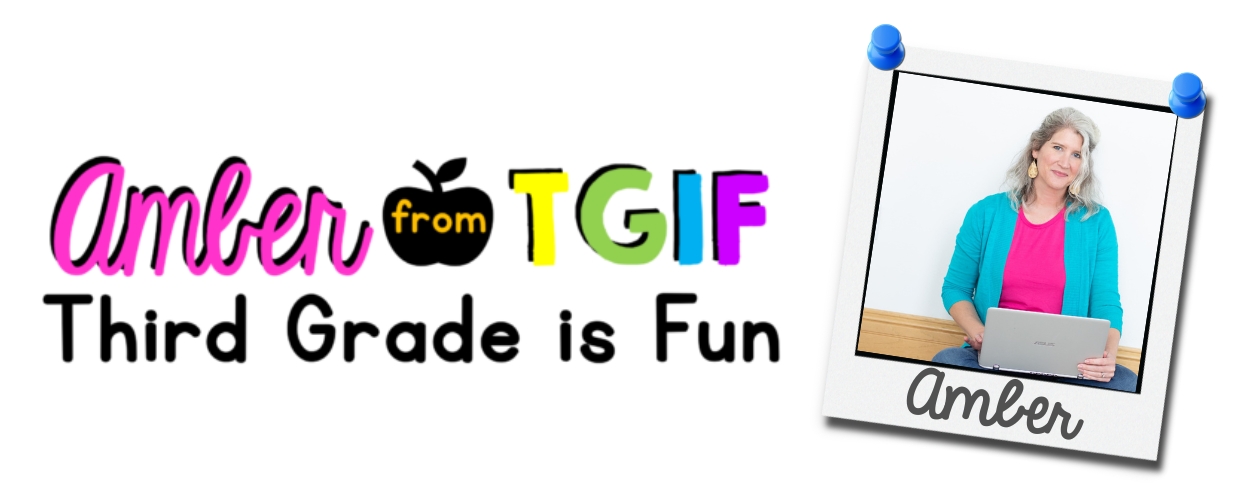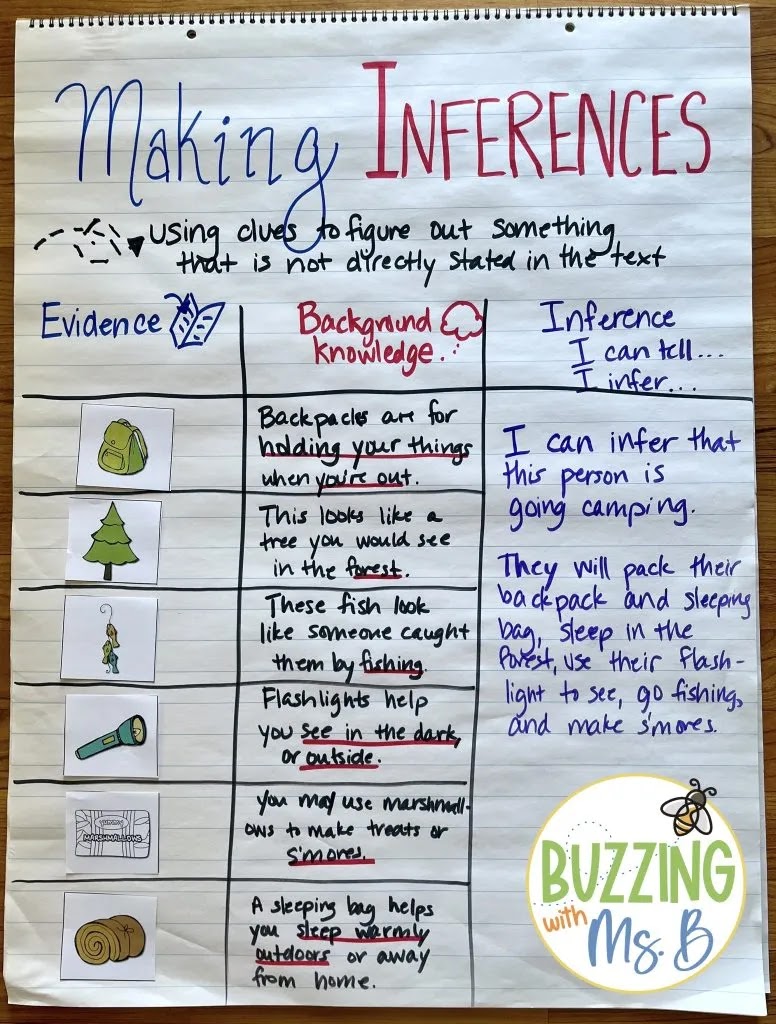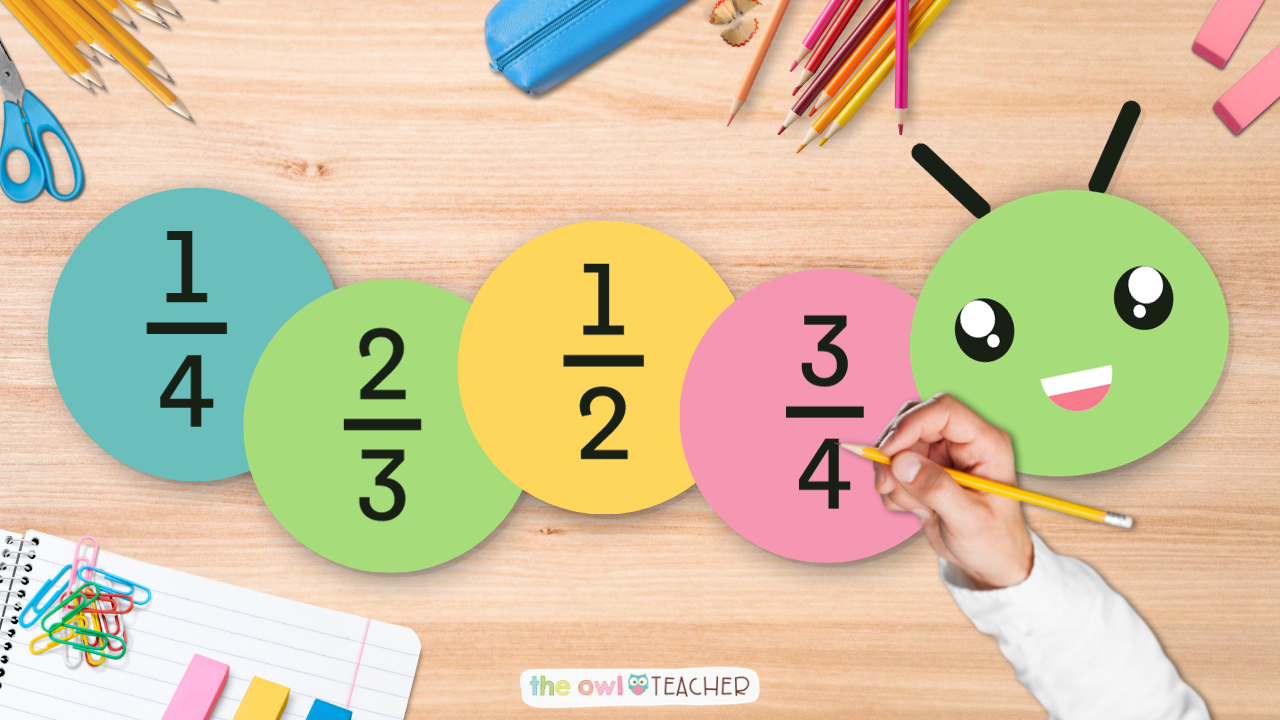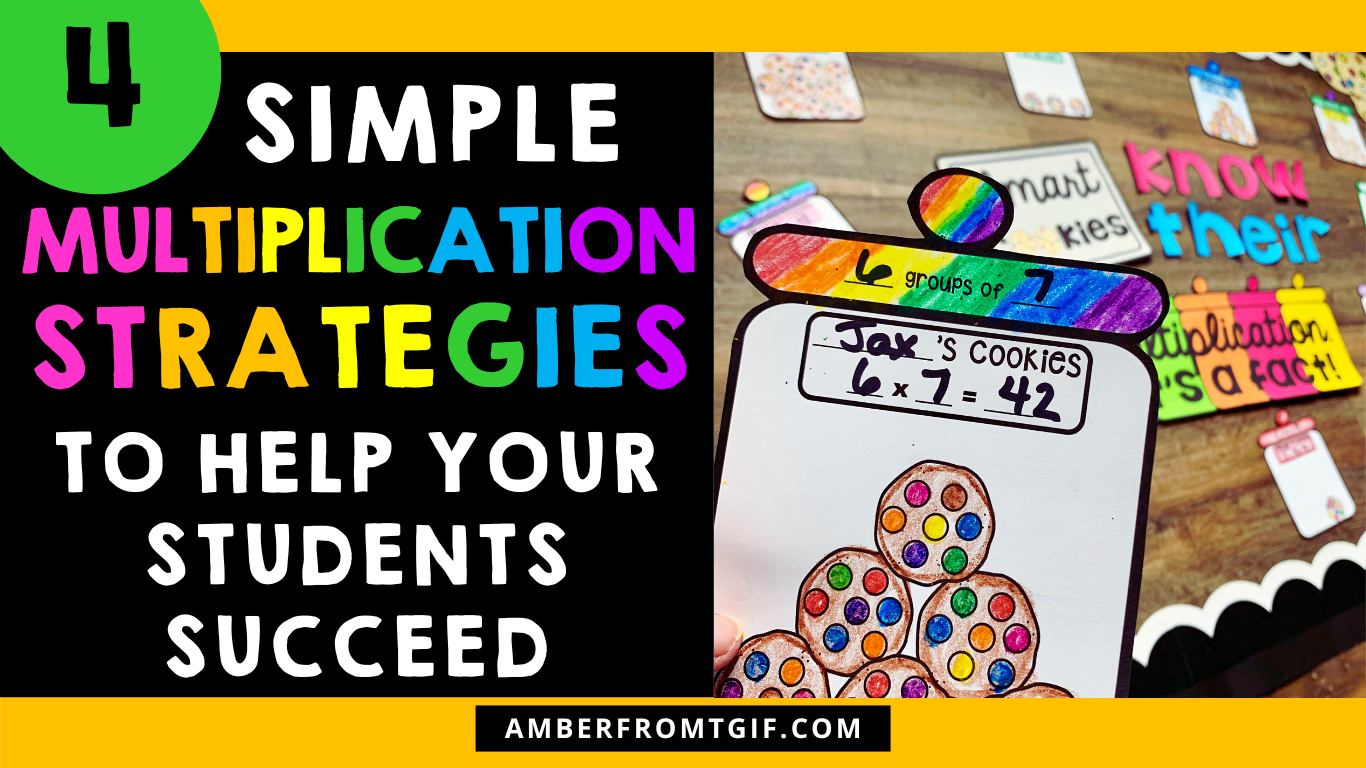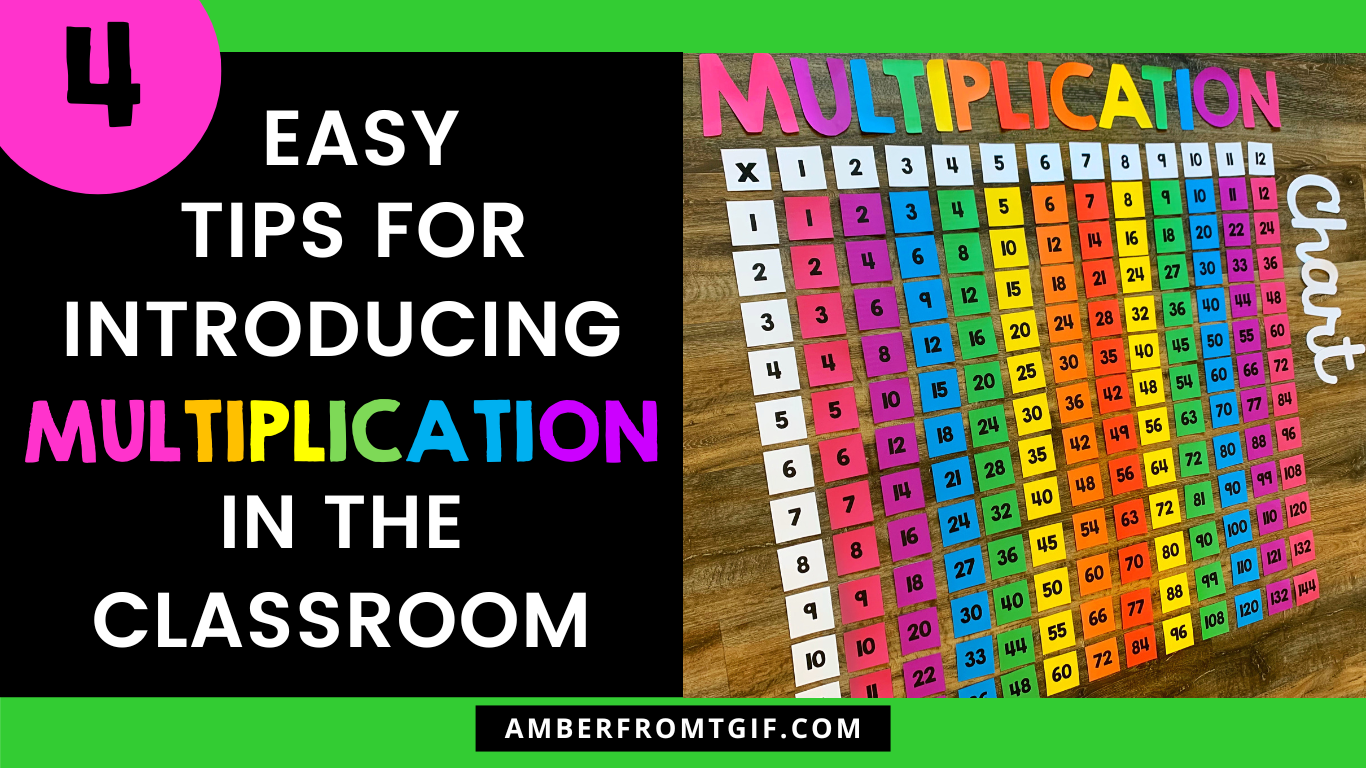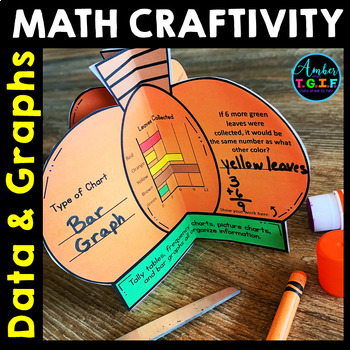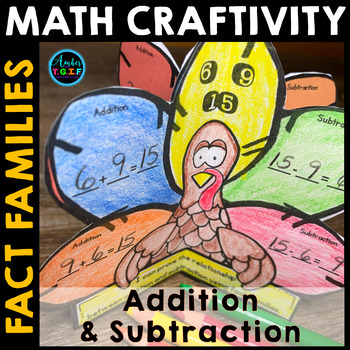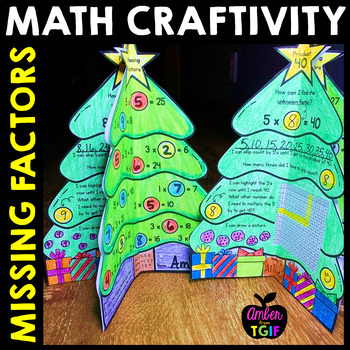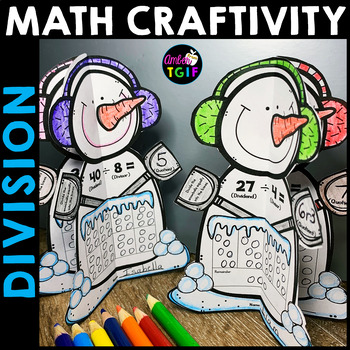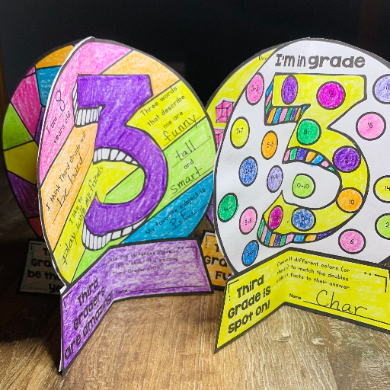
When we first start teaching, we often think the curriculum books will provide everything we need to teach the difficult concepts, but as teachers we come to realize that even the best thought out lessons are often not enough for our students to master these challenging topics. So, I am bringing you some of the best advice from veteran teachers!
Tips for Teaching Difficult Math Topics
As a third grade teacher, the first time I prepared to teach distributive property of multiplication, the teacher’s manual provided a ONE DAY lesson over the topic. So, I attempted to teach it in one day. BIG MISTAKE! The next year, I was better prepared and devised my own lesson over several days! I learned that I would rather my students master a concept well rather than finish every single math topic during the year and not really have a good understanding of a lot of it.
Here are some tips to follow when teaching a difficult math topic:

- Slow down the pace. (make a one day lesson two days)Read more tips for teaching math and 3rd Grade on Amber from TGIF’s blog!
- Find time for quick reviews over the next several days. (I would use 5 minutes at the beginning of a new math lesson to review.)
- Make the lesson as hands-on as possible. (use tens blocks, two sided chips, dried beans, or even a dry erase board)
- Break it into smaller chunks. (In the case of distributive property, I started with drawing pictures of arrays and we broke them apart. At this point, I didn’t worry about writing out the equation using distributive property as I wanted them to understand the concept first.)
Make an anchor chart together for students to refer to later.
If it is something with several steps, make a dry erase template for them to practice again and again.
Read more tips for teaching math and 3rd Grade on Amber from TGIF’s blog!
Make Reading Interactive with Text Mapping
When it comes to mastering difficult educational concepts, Marissa from Creative Classroom Core loves incorporating text mapping strategies. Text mapping is one of Marissa’s favorite ways to seamlessly infuse quick literacy practice into Social Studies or Science lessons. Text Mapping introduces an interactive method that effectively enhances reading comprehension, writing skills, study skills, and overall course content. Instead of traditional textbooks, Text Mapping takes shape on expansive paper scrolls. Students carefully piece together their assigned reading material, creating a scroll that spans across the floor.
This hands-on approach provides students with a comprehensive perspective of the text, moving away from the conventional method of flipping through separate pages. The panoramic display of the entire text encourages connections throughout the entire lesson. By presenting the complete text in one continuous view, as opposed to the limited view of open book pages, students can grasp the information as a whole, allowing them to focus on the broader context rather than isolated fragments. Read more about text mapping, and ways you can incorporate it into your classroom instruction, on the Creative Classroom Core blog!
Learn How to Analyze Students’ Reading
No one enjoys seeing those lightbulb moments more than a child’s teacher, and for some kids, it takes presenting tough concepts in lots of different ways. Carla from Comprehension Connection has spent years working as an interventionist, and in her experience, finding the right approach isn’t easy. The first step is to look at assessments to see what the student has mastered, what seems to be in progress, and what he/she just isn’t ready for yet. Using strengths to tackle challenges helps students break skills down to work toward mastery. In her post, Analyzing Reading Behaviors: A Must for Every Teacher of Reading she talks through the things to watch for as you are assessing students. She provides a checklist that teachers have found very helpful during conferences and for progress monitoring. In her masters program, one quote that stuck in her mind was, “A step back is a step forward.”
Learn and Teach Practical Writing Strategies
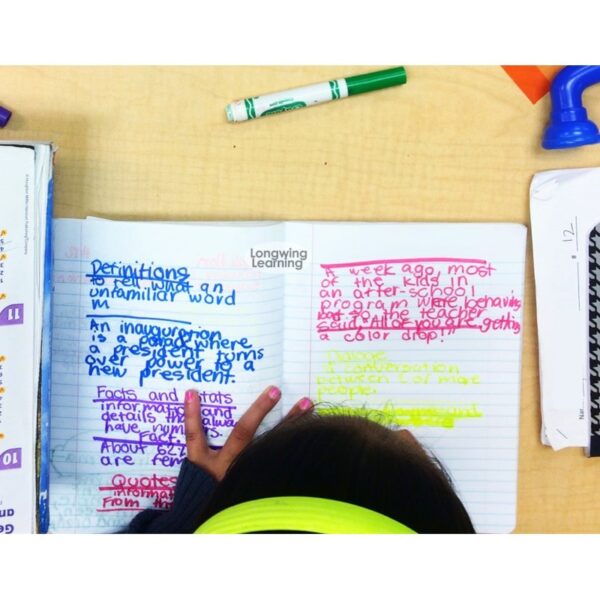
As an upper elementary teacher, Vanessa helps her students tackle challenging writing concepts, such as crafting descriptive paragraphs in an essay. Recognizing that students often struggle with writing, she uses multiple hands-on writing activities to provide the necessary practice and feedback students need. In this blog post, Vanessa shares practical writing strategies, focusing on four activities aimed at helping students add detail to their writing.
She shares different writing strategies, emphasizing the importance of defining various ways to elaborate and helping students familiarize themselves with the terms. One of her students’ favorite activities is practicing adding details with a partner, fostering creative variations in sentences. She suggests that the best way to get students to write at the beginning is to implement collaborative activities where students work together, taking turns incorporating different elaboration strategies into a shared essay. By incorporating these activities, upper elementary teachers can guide students toward becoming more skilled, confident, and detailed writers. You can explore additional writing strategies on her blog.
Help Students move from Concrete to Abstract
Starting with concrete, hands-on experiences is a great way to help students building their understanding before moving into abstract learning. Few things are as challenging to teach as inferences. When it comes to teaching this abstract concept, Chrissy from Buzzing with Ms. B always starts with a hands-on, engaging activity to help students build their understanding from the concrete to abstract! She provides students with cards with different pictures on them, all related to one idea. Students discuss what they see on the pictures and try to infer what the topic is. From there, she guides them through a short text to help them apply their understanding of inferences to the text, pausing to ask guiding questions and thinking aloud to show students how the thought process works. It also helps to provide students short, focused practice on the specific skill that they’re learning, so they can build their understanding without feeling overwhelmed!
Task cards like these are a great way to do this, as well as a good check for understanding to see who needs additional help! Read more about how to teach inferences here or grab the complete unit here! You can also find all of the Reading Strategy Minipacks here, so you can teach abstract concepts in a hands-on, guided way!
Implement Guided Math
Mandy Neal from Teaching With Simplicity shares the value of implementing guided math groups in upper elementary classrooms. Mandy outlines five key benefits of this approach: increased student engagement, the opportunity for immediate feedback, differentiated instruction, encouraging students to discuss math, and a better understanding of students’ math abilities. She also underlines the significance of tailored, hands-on math instruction via guided math groups. You can also find a collection of 3rd, 4th, and 5th grade math activities to get you started with guided math in your classroom!
Master Fractions with Number Sense
It’s no secret that fractions have a way of spreading confusion and uncertainty in upper elementary math classrooms. Thankfully, you can assuage your students’ fraction anxiety by breaking down this stressful math concept into bite-sized lessons that take advantage of number sense.
Tammy from The Owl Teacher leans into this idea by sharing several ways your students can master fractions. For instance, watching the language we use in the classroom as well as employing a variety of fraction models and connecting them to real-life concepts are just a few ways to break down fractions. In addition, using a number line for fractions is a great way to break them down to a hands-on level that’ll engage math students. Or, if your students are already on their way to tackling fractions with different denominators, try using visuals, manipulatives, or even activities such as the fraction caterpillars that you can find here, or even harness holiday excitement with a Valentine’s Day Unlike Fractions Scavenger Hunt! Ultimately, the key is taking the time to instill a strong foundation of number sense so that your students have the tools they need to succeed when facing down fractions. Breaking down fractions now leads to lifelong success in arithmetic!
Teaching is never easy, but learning some tried and true strategies will help you teach effectively and with more ease. Try a strategy at a time, master it until you feel comfortable and then try a new strategy!
